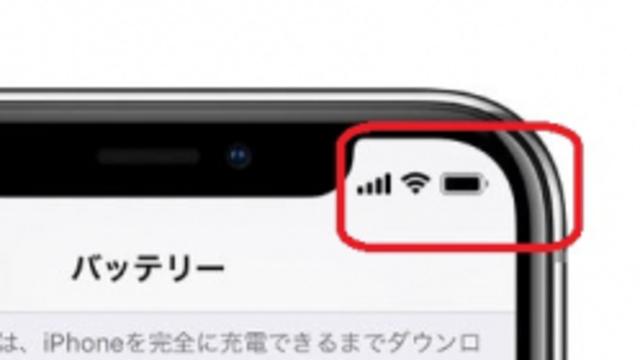An app that can collectively manage the remaining battery power of Apple devices
If you're deep into the Apple ecosystem, you probably have a lot of batteries to worry about.
Apple products such as MacBooks, iPhones, iPads, Apple Watches, AirPods, etc. that such people may have are diligently consuming the precious power stored in the built-in batteries even when not in use.
However, it can be tedious to check each product to see if it should be plugged into a charger.
Actually, you don't have to do that, but there's a great app that lets you see at a glance the battery level of any Apple product.
So, this article introduces "Cloud Battery".
The app is free to download and, once configured, aggregates the battery status of all your connected devices into one easy-to-read list.
In addition, it can be used in a variety of modes, such as applications, widgets, utilities displayed in the menu bar, and Apple Watch complications (application information display column on the dial).
Download Cloud Battery
The first step is to download the Cloud Battery app on all your compatible devices. This includes devices running iOS, iPadOS, watchOS, and macOS.
However, although there are downloadable apps for watchOS, if you download the Cloud Battery app to an iPhone paired with your Apple Watch, it should automatically be added to your Apple Watch.
If that doesn't work, open the Watch app on your iPhone, scroll down the menu, tap Cloud Battery, and turn on Show App on Apple Watch.
Check the settings for using Cloud Battery
To use this app, you need to make some settings in iCloud.
First, you must have iCloud Drive enabled, then turn on iCloud for Cloud Battery.
It is possible that these two conditions were met when you downloaded the app, but just in case, let's check it by following the steps below.
Cloud Battery recommends that all the devices you want to know the battery level of are linked to the same iCloud account, but this is not an absolute requirement.
You only need to meet this condition if you want to receive battery level alert notifications.
In addition, all iOS and iPadOS devices must also have Background App Refresh turned on.

If you normally turn this setting off, turn Cloud Battery on.
If you go to [Settings] > [General] > [Background App Refresh], you'll see a list of apps.
Set up Cloud Battery on your Apple device
Let's take a step-by-step guide on how to get started with Cloud Battery on your iPhone.
When you first launch the app, allow the app to access Bluetooth and notifications (if you want to receive battery level alert notifications).
In my case, when I clicked on the initial setup page that came up, my paired Apple Watch was already listed as my device.
But that's all it showed.
If Apple Watch is not displayed or if you want to add your iPhone to the list, tap the "+" mark at the top left of the screen.
This is where you'll see the devices you're currently using or devices the app has detected over Bluetooth, such as AirPods and Apple Pencil.
Tap the device you want to add and Cloud Battery will add it to the list. This list is shared with all devices that download the app.
For macOS, the setting method is almost the same.
On a Mac, the app is controlled from the Mac's battery indicator in the menu bar. Click the battery icon and select "Add Device" to add your Mac to the Cloud Battery list.
Once you have downloaded the Cloud Battery app on each device and registered all the devices you want to know the battery level of, the list is complete and you can refer to it from any device's app.
How to add and customize
Cloud Battery also has widgets for macOS and iOS.
There are three sizes, large, medium and small, and you can place it on the home screen and [Today View] on iOS, or in the notification center on macOS, so you can check the battery level of your device at any time.
Also, if you want to change the sorting method of the device list, tap the two arrow marks on the top right of the screen (choose "Sort" for macOS) and select an option.
On iOS, by selecting one of the devices on the list, you can customize settings for that device.
You can change the name by tapping the pencil icon on the top right of the screen.
Tap the pencil icon next to Device Type to change the device type.
Also, the slider bar that appears at the bottom of the screen is for setting the battery level number based on which notifications will be sent on this device.
You will be notified when your device's battery level drops below the battery icon and above the charging symbol.
Additionally, if you pay an in-app purchase of $2.99 (the price in Japan is 370 yen), you can use Cloud Battery's extensive UI customization options and hide ads.
But if you just want to check the battery life of all your Apple devices, the features available in the free version are more than enough.
If you encounter any trouble while using the app, you can refer to the app developer's website for detailed instructions on how to use it.
< p>Source: alanyan.ca (1, 2), App Store (1, 2, 3, 4)